Here is the Environmental Working Group's list of the "Dirty Dozen" fruits and vegetables:
All 51 fruits and vegetables with pesticide residue data
EWG analyzed pesticide residue testing data from the U.S. Department of Agriculture and Food and Drug Administration to come up with rankings for these popular fresh produce items. All 51 foods are listed below from worst to best
(lower numbers = more pesticides)
(lower numbers = more pesticides)

Apples

Strawberries

Grapes

Celery

Peaches

Spinach
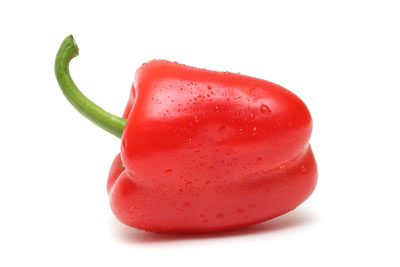
Sweet Bell Peppers
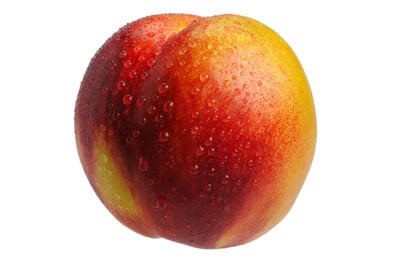
Nectarines - Imported

Cucumbers
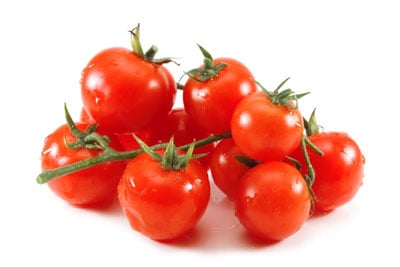
Cherry Tomatoes
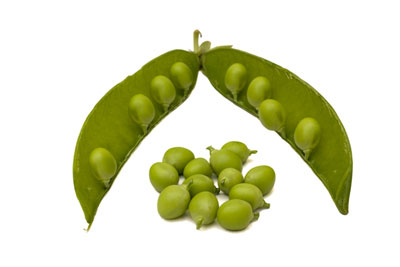
Snap Peas - Imported

Potatoes
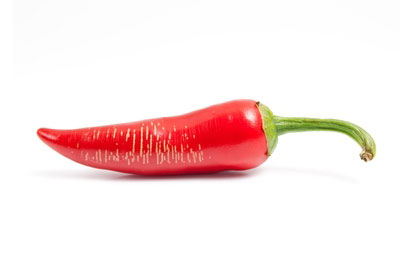
Hot Peppers
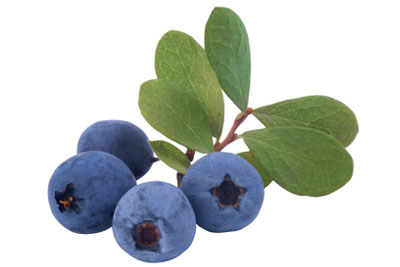
Blueberries - Domestic

Lettuce
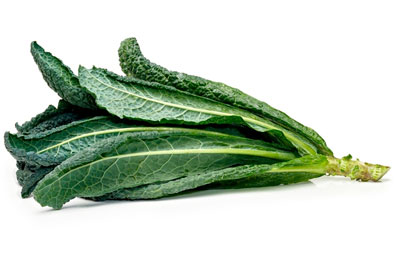
Kale / Collard Greens

Plums

Cherries
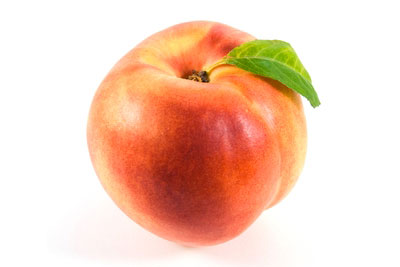
Nectarines - Domestic

Pears

Tangerines

Carrots
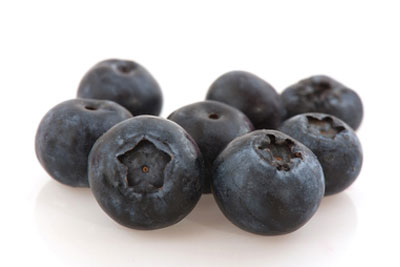
Blueberries - Imported
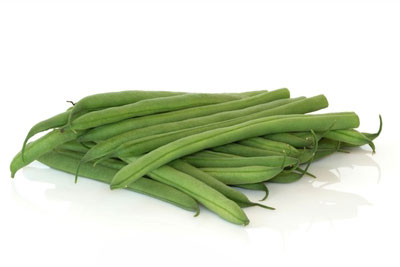
Green Beans
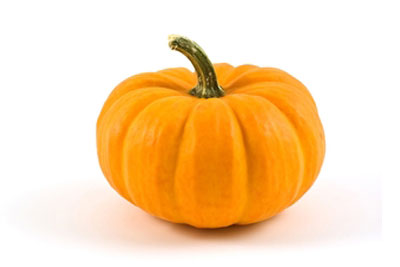
Winter Squash
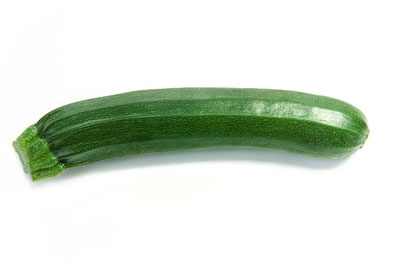
Summer Squash
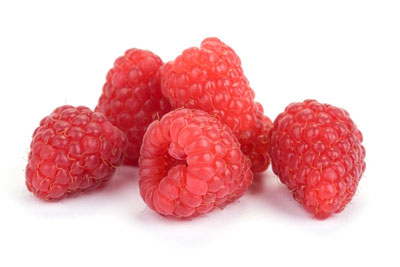
Raspberries

Broccoli
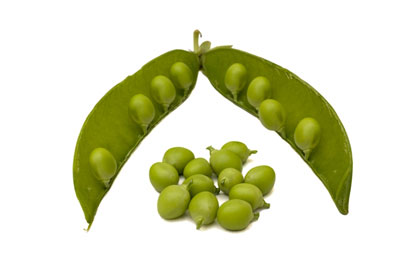
Snap Peas - Domestic

Green Onions

Oranges

Bananas

Tomatoes

Watermelon
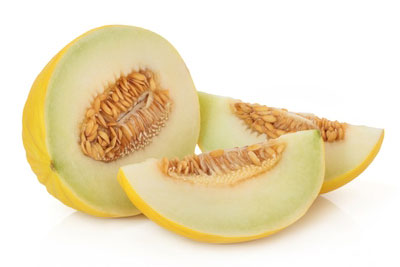
Honeydew Melons

Mushrooms
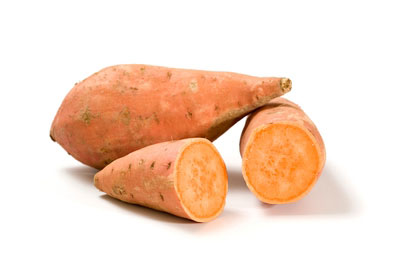
Sweet Potatoes

Cauliflower

Cantaloupe

Grapefruit

Eggplant

Kiwi
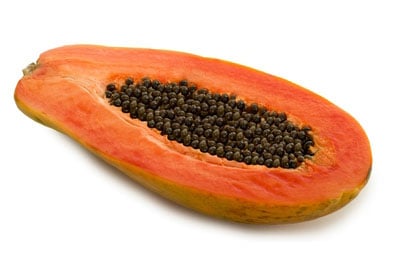
Papayas

Mangoes

Asparagus

Onions
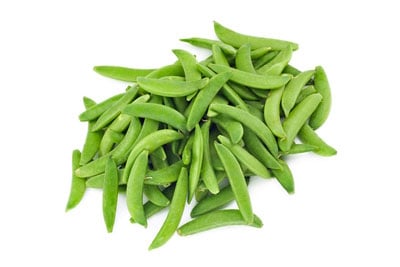
Sweet Peas - Frozen

Cabbage
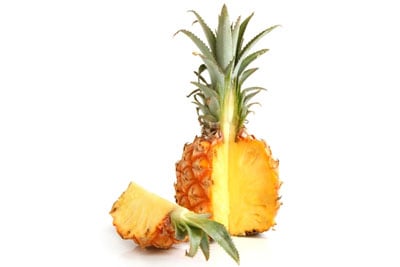
Pineapples

Sweet Corn
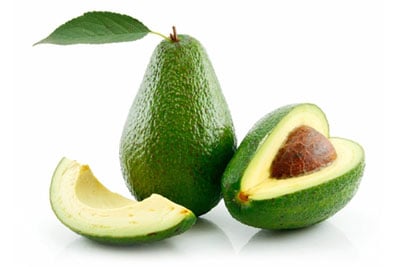
Avocados
The Environmental Working Group, a watchdog organization in Washington, D.C., has just released their annual report to help consumers make more informed choices in the produce aisle. Their lists -- known as the "Dirty Dozen" and "Clean 15" -- analyze data on pesticide levels of 48 commonly sold fruits and vegetables.
The list is guaranteed to disappoint anyone who loves an apple a day, but will be good news if you can't live without guacamole.
The USDA has set limits on allowable pesticide residue it deems safe and requires all produce sold in stores to meet those standards. But this doesn't prevent lower levels of chemicals from making an appearance in your fruits and vegetables.
"The USDA washes and peels the produce items that it tests and they still find pesticide residues on 65 percent of the samples," Alex Formuzis, vice president of EWG, told CBS News.
The organization says allowable levels of pesticide haven't changed significantly in over a decade.
EWG reports all nectarine and 99 percent of apple samples tested positive for at least one pesticide residue. Just one single grape contained as many as 15 pesticides, while single samples of celery, cherry tomatoes, imported snap peas and strawberries were found to have 13 different pesticides each.
This year's list also examined pesticide levels on leafy greens, such as kale and collard greens, as well as hot peppers. Some of these produce items were found to have residues of organophosphate and carbamate insecticides, which research has shown are especially toxic.
In a number of medical studies, pesticide exposure has been linked to Alzheimer's and Parkinson's disease, autism and endometriosis.
However, EWG and other health experts emphasize that these findings don't mean you should skip the strawberries. The benefit of any diet rich in fruits and vegetables far outweighs the risks of low levels of pesticide exposure.
The group suggests sticking to organic produce for items at the top of the list. Or if organic produce costs too much, consider loading up your shopping cart instead with the fruits and veggies at the bottom of the list, which includes sweet corn, pineapples, mangoes and eggplant. The majority of "clean" produce has thick skin which means chemicals are less likely to be absorbed entirely.
Thankfully, the report also included also some positive findings: Only 1 percent of avocados had detectable pesticides. On the group's list of "Clean Fifteen" fruits and veggies, only 5.5 percent contained two or more pesticides, and no sample tested positive for more than four.
Note: EWG analyzed pesticide tests of 48 popular produce items. Domestic and imported versions of three items - nectarines, blueberries and snap peas- showed sharply different results, so we have ranked those domestic and imported items separately. As a result, the full list of foods ranked by the Shopper's Guide displays 51 entries.
Thanks to EWG..
